Reflexology is a holistic healing practice rooted in ancient traditions, with its origins dating back thousands of years. It involves the application of pressure to specific reflex points on the hands, feet, and ears, aiming to stimulate the body’s natural healing processes and restore balance within its systems. Unlike traditional massage techniques that focus on manipulating muscles and soft tissues throughout the body, reflexology targets these reflex points believed to correspond with different organs, glands, and body systems.
The practice of reflexology is based on the principle that the body is interconnected, and by stimulating these reflex points, practitioners can alleviate tension, pain, and discomfort, while promoting relaxation. Reflexology’s holistic approach considers not only the physical aspects of health but also the mental, emotional, and energetic dimensions. Its effectiveness lies in its ability to address imbalances within the body and facilitate healing responses naturally.
Navigating the Body’s Inner Map: The Principles of Reflexology
Reflexology operates on the principle that the body is interconnected through a network of reflex points located on the hands, feet, and ears. These reflex points are believed to correspond to specific organs, glands, and body systems, forming a map of the body’s internal workings. For example, the tip of the big toe is associated with the head and brain, while the area just below the toes corresponds to the sinuses and respiratory system.
By applying pressure to these reflex points, reflexologists aim to stimulate the body’s natural healing mechanisms and restore balance within its systems. For instance, pressure on the ball of the foot may help alleviate digestive issues, while manipulation of the heel may target lower back pain.
Understanding the precise location and correlation of these reflex points is essential for effective reflexology practice. Reflexologists undergo extensive training to develop their knowledge of these points and their connections to various organs and body functions. Through skillful manipulation of these reflex points, reflexologists can facilitate healing responses within the body and promote overall health and well-being.
Unlocking the Healing Potential: Health Benefits of Reflexology
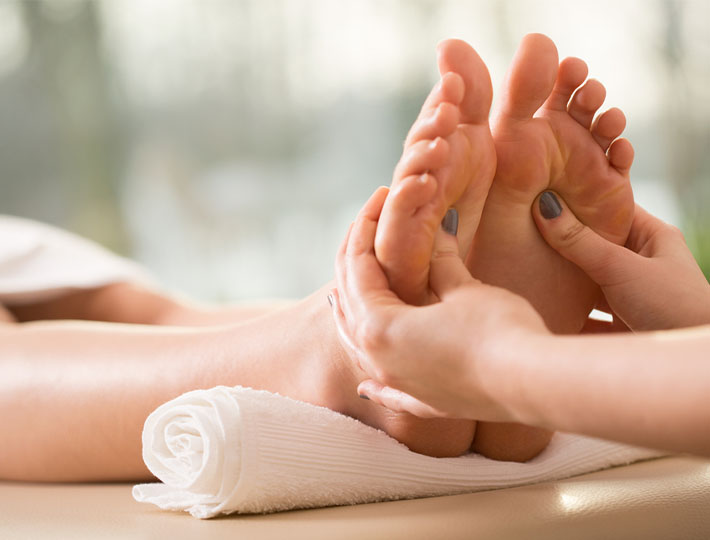
Reflexology offers a wide range of health benefits to improve overall health and support the body’s immune system to make it a versatile and effective healing modality.
- Stress Reduction and Relaxation: Reflexology targets specific pressure points on the hands, feet, and ears, inducing a deep sense of relaxation during hand and foot massage. By alleviating tension in these areas, reflexology promotes relaxation throughout the entire body, helping to reduce stress levels and improve overall well-being.
- Promotion of Circulation and Lymphatic Flow: Through the application of pressure to reflex points, reflexology stimulates blood circulation and lymphatic flow. This increased circulation helps deliver oxygen and nutrients to cells more efficiently while aiding in the removal of toxins and waste products from the body. Improved circulation can contribute to better overall health and vitality.
- Relief from Tension, Pain, and Discomfort: Reflexology is known for its ability to provide relief from various types of physical discomfort, including tension headaches, muscle pain, and joint stiffness. By targeting specific reflex points associated with these areas of discomfort, reflexologists can help alleviate pain and promote relaxation, allowing the body to heal more effectively.
- Support for Digestion, Hormonal Balance, and Immune Function: Reflexology has positively affected digestive health, hormonal balance, and immune function. By stimulating reflex points related to the digestive system, endocrine glands, and immune organs, reflexology can help improve digestion, balance hormones, and strengthen the immune system. This holistic approach to health and wellness supports the body’s natural healing processes, promoting overall well-being.
In essence, reflexology offers a multifaceted approach to health and wellness, addressing both physical and mental aspects of well-being. By harnessing the body’s innate healing potential, reflexology can provide profound benefits for those seeking natural and effective ways to enhance their quality of life.
Understanding the Differences: Reflexology vs. Massage
While both reflexology and massage therapy aim to promote relaxation and well-being, they differ significantly in their techniques and focus. Unlike massage, which typically involves full-body muscle manipulation, reflexology targets specific reflex points with precise pressure techniques.
- Reflexology focuses on reflex points: Unlike massage therapy, which often involves manipulating muscles throughout the body, reflexology targets specific reflex points on the hands, feet, and ears, these points are believed to correspond to different organs and systems within the body.
- Precise pressure techniques: Reflexology employs precise pressure techniques, such as thumb or finger pressure, to stimulate the reflex points. This differs from massage, where therapists use broad strokes and kneading motions to manipulate muscles and tissues.
- Incorporation of zones and meridians: Reflexology incorporates the concept of zones and meridians, which are energy pathways believed to traverse the body. By stimulating reflex points along these pathways, reflexologists aim to restore balance and harmony within the body’s energy flow.
- Promoting balance and harmony: The primary goal of reflexology is to promote balance and harmony within the body’s energy pathways, thereby supporting overall health and well-being. While massage therapy focuses on relaxation and relieving muscle tension, reflexology seeks to address imbalances within the body’s systems.
In conclusion, reflexology differs from massage therapy in several key ways. By focusing on reflex points, employing precise pressure techniques, incorporating zones and meridians, and emphasizing balance and harmony within the body’s energy pathways, reflexology offers a unique approach to healing and relaxation.
Application and Techniques: Enhancing Healing with Reflexology
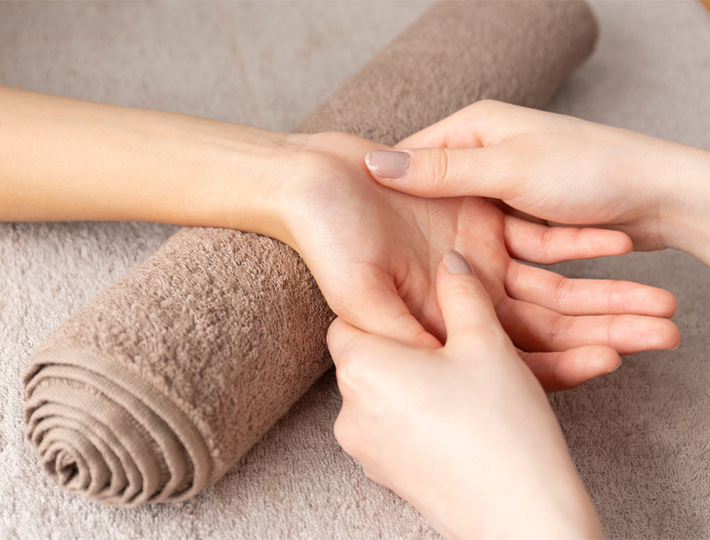
Reflexology sessions typically begin with a brief consultation to assess the guest’s health history and specific concerns. It involves the application of pressure to reflex points on the feet, hands, or ears. Practitioners may use their fingers, thumbs, or specialized tools to stimulate these points and facilitate healing responses within the body. Reflexology treatments can vary in duration and intensity, depending on the individual’s needs and preferences. Additionally, reflexology is often combined with other modalities, such as aromatherapy or acupressure, to enhance its therapeutic effects.
Reflexology Massage at Tattva Wellness Spa:
- At Tattva Wellness Spa, experienced therapists provide reflexology treatments in a tranquil and comfortable environment.
- Guests can choose from a variety of reflexology massage options, including foot reflexology or hand reflexology.
- Each reflexology session at Tattva Wellness Spa is designed to promote deep relaxation, reduce stress, and enhance overall well-being.
- Utilizing reflexology techniques, our therapists attentively tend to your weary feet and escape the digital frenzy with our specialized hand massage provides deep relief.
- Foot reflexology is ideal for post-travel relaxation, enhanced circulation and stress reduction. This treatment harmonizes the body’s energy flow and promotes balance within the body, offering relief from ailments and fostering a profound sense of relief.
- Hand massage enhances joint mobility and alleviates digital strain, fostering a renewed sense of freedom and relaxation.
.
Hence, reflexology offers a gentle yet powerful approach to healing, and when combined with techniques like aromatherapy and acupressure, it can provide even greater benefits for overall well-being. Whether experienced as a standalone treatment or as part of a spa experience with Tattva Wellness Spa, reflexology offers a holistic way to promote relaxation, reduce stress, and support the body’s natural healing processes.
Suitability and Considerations: Exploring Reflexology’s Reach
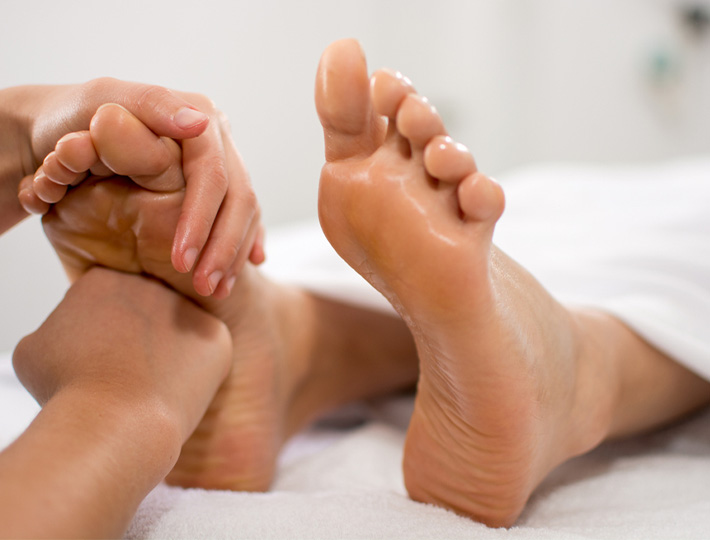
Reflexology is suitable for people of all ages and health conditions, including pregnant women, children, and the elderly. However, certain precautions should be taken for individuals with specific health concerns, such as diabetes, circulatory disorders, or foot injuries. Pregnant women should also consult with their healthcare provider before undergoing reflexology treatments, especially during the first trimester. Overall, reflexology is a safe and effective healing modality that can offer profound benefits for both body and mind.
In conclusion, reflexology holds significant potential for improving the well-being of a diverse range of individuals, including pregnant women, children, and the elderly. However, it’s crucial to consider individual health factors and potential contraindications before undergoing treatment. By understanding the suitability and precautions associated with reflexology, individuals can make informed decisions to reap its benefits safely and effectively.


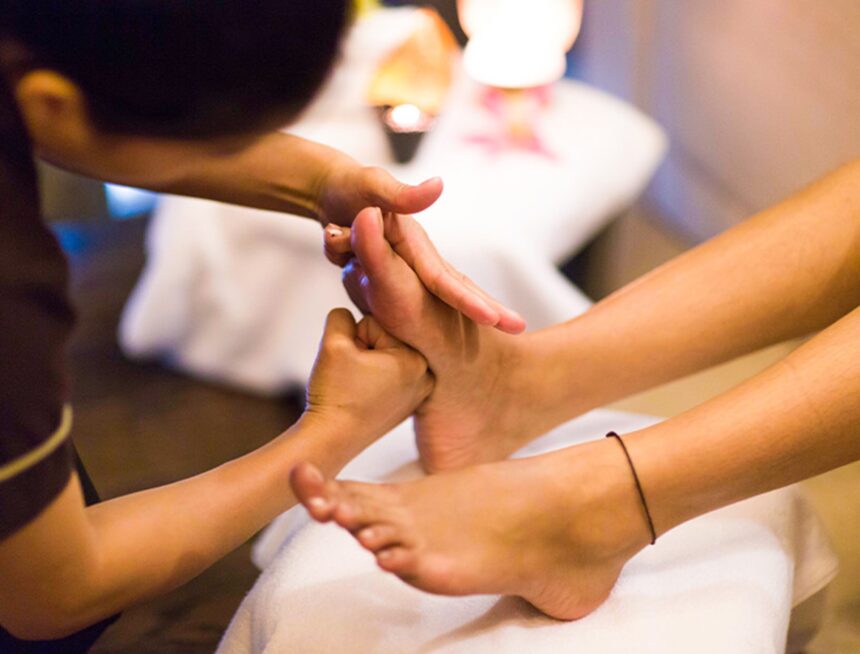

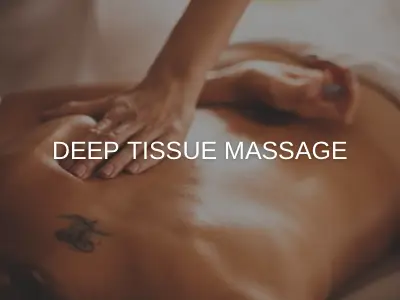







Leave a Reply